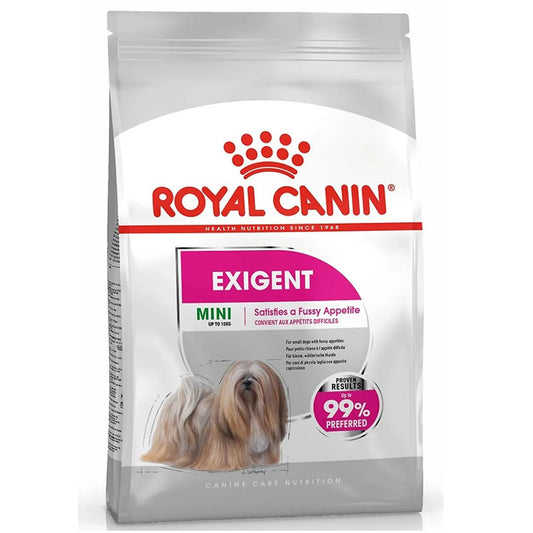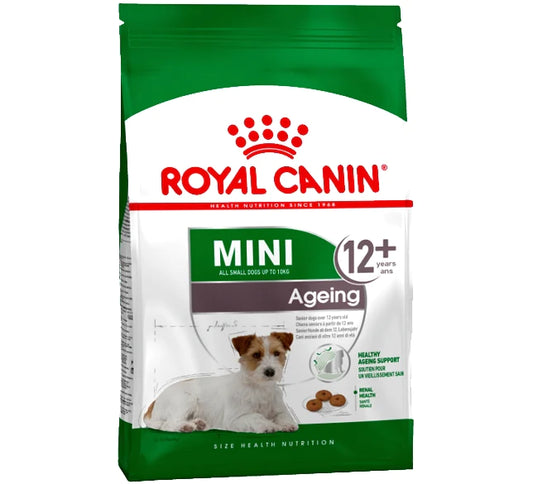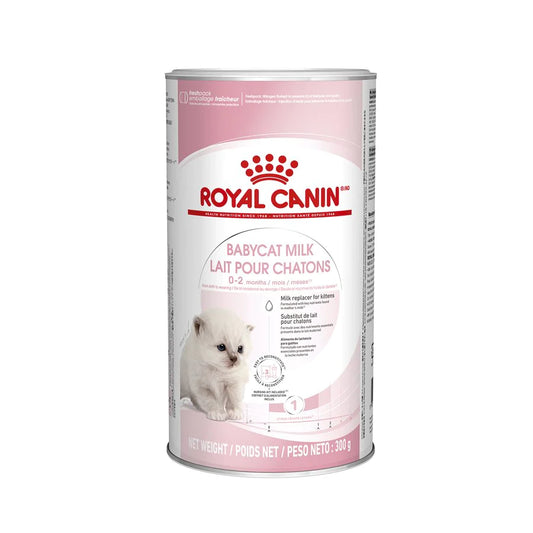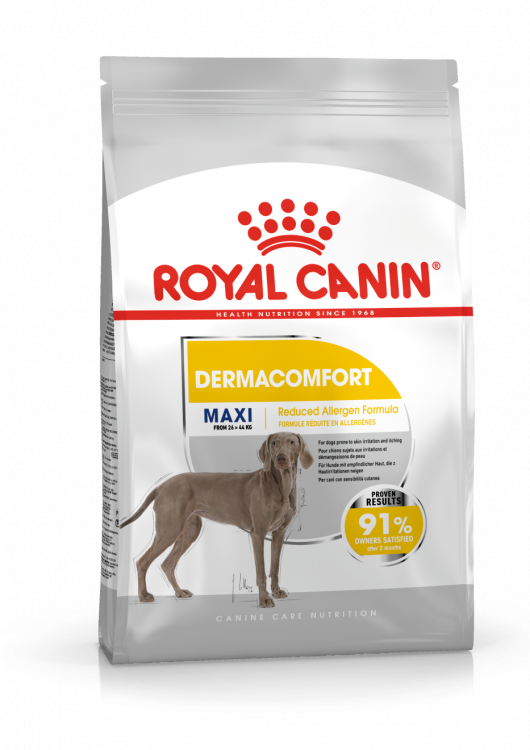The general condition of your cat’s skin and coat are good indicators of her health. The primary influence on your cat’s coat and skin health is nutrition: a complete balanced diet with micronutrients specific to skin and coat health will give optimal shine and texture. Underlying health conditions will also affect coat quality. Regular grooming and skin care will help keep your cat’s coat clean and free of tangles, no matter what type of hair coat.
Hair coat types
Thanks to hundreds of years of selective breeding, there are huge varieties of hair coats seen in domestic cats: at one extreme we have the hairless Sphinx (ideal for families with cat allergies) and at the other extreme, the long fluffy coat of the Persian.
The majority of other breeds of cats have a smooth outer coat to guard hairs and a fine undercoat of soft hairs that provide additional insulation. Long-haired breeds of cats often have very fine silky outer coats that may tangle easily.
Cats that spend time outdoors will tend to shed their coats more in springtime as the weather warms and the days lengthen. However, indoor cats shed their undercoat and guard hairs in low levels all year round owing to the controlled temperature and artificial lighting.

Frequency of grooming
All cats benefit from regular brushing to remove loose hairs and dead skin cells, to keep the coat free of dirt, debris and to distribute natural skin oils along the hair shafts. Cats with long silky coats require daily brushing to stop tangles or matting, especially around the ears, armpits, or along the back of the legs. Cats with short hair coats need less frequent brushing.
Daily brushing will cut down on the amount of hair that a cat swallows during the course of self-grooming with her tongue, and so help to reduce the number of hairballs your cat may develop. If your cat does suffer with hairballs despite regular grooming, special diets are available such as Royal Canin Hairball, that will bind up the hair in the stomach and help it pass out in faeces, rather than being vomited up.
Daily brushing will dramatically cut down on the amount of loose hair and cat dander floating around the home. For some people with mild cat allergies, daily brushing may reduce airborne allergens enough that they can share their home with a cat.
Regardless of the type of hair coat, by inspecting your cat’s coat every day you will find any tangles, clumps, or unusual lumps or bumps in the skin. Areas to pay particular attention to are behind the ears, groin and armpits.
Brushes and combs
Different styles of brushes are designed for different types of hair coats. Stiff bristle brushes will remove loose hairs from short coats or sparse undercoats. Long-toothed metal combs or brushes, especially ones with rows of offset teeth, are useful to remove loose hair and little tangles in medium and long-haired cats. Some combs are designed to remove clumps of loose undercoat during heavy seasonal shedding or for gently teasing out smaller mats behind the ears or along the back legs of long-haired cats. Whatever brush you use, be gentle when using it, and avoid excessive pulling on tangles.
Removing tangles, mats and burrs
Small tangles, burrs or grass awns can generally be removed with gentle brushing. However, larger or more extensive tangles or matts may need to be cut out. If this is the case, be extremely careful you do not cut the cat’s skin. Cat skin is very delicate and thin and can easily be unwittingly snipped along with the matt. When tangles are severe or extensive, it is strongly recommended that you seek professional help from a groomer or your veterinarian.
If you are planning on bathing your cat, make sure that you remove as many burrs or tangles from the coat beforehand, as they are almost impossible to remove after a bath.
Bathing your cat
Most healthy adult cats are fastidious groomers and rarely require a bath. However, some cats that are unable to groom themselves effectively- arthritic or overweight cats may require the occasional bath to get rid of unpleasant odours. Dry shampoos are now available for cats which can make the process easier for everyone.
Shampoos
Cats should only be bathed in a shampoo that is formulated for use on cats – their skin has a different pH (acidity) than human or dog skin. Human shampoo, including baby shampoo, is too harsh for their skin. For routine bathing, a hypoallergenic cat shampoo without any added perfumes is the best choice.
How do you best bathe a cat?
This is one of life’s great questions. It is a big challenge as few cats enjoy the experience. If you have a new kitten, you can teach it to tolerate bathing, but it is difficult to train an adult cat to accept it. Many people choose to take their cat to a professional groomer for bathing, or to have the cat sedated and groomed at the veterinary clinic.
If you are going to attempt to bathe your cat on your own, the bath water should be warm, for both the comfort of the cat and the efficacy of the shampoo. Use utility or bathroom sink, or bathtub. Groomers recommend ‘dipping’ the cat into the water to wet her down, then applying the shampoo and lathering up while the cat is on dry ground. Ideally, you should rinse off the shampoo or other products using running water, but many cats become frantic when put under a stream of water. In this case, dip the cat repeatedly until all the soap is removed. When dipping, hold onto all four feet, so she cannot escape AND make sure you guard against personal injuries from teeth or claws!
After you have applied the shampoo, work it through the entire coat to remove all dirt and debris. It is best to dilute the shampoo first; you will find it easier to work through and rinse out of long or thick coats. For routine bathing, you can rinse the shampoo out right away, but if you are using a medicated shampoo, it may have to sit on the coat for 5-10 minutes before being rinsed out. Make sure you read the instructions on the shampoo label for the specific product that you are using or follow your veterinarian’s directions if you are using a medicated shampoo.
After complete rinsing of the shampoo, a conditioner should be applied afterwards to restore any lost moisture to the skin and reduce dandruff development after the bath. Again, this should be cat specific. Your cat will groom itself vigorously after the bath, it is important to rinse out all traces of shampoo (especially medicated) or other products.
Shaving long haired cats in the summer
Most cats, even those with long hair, cope very well with hot summer temperatures without the need for a haircut. Indoor cats are obviously less exposed to seasonal temperature fluctuations. However, some cats may benefit from having their hair shaved down periodically; for example, long-haired cats that are prone to matting, or cats that do not groom themselves well and object to brushing. Cats will often require sedation during this procedure, few will tolerate the noise of the clippers or the discomfort of extensive mat removal while awake. If your cat does require a haircut in the summer months, it is important to leave at least 1” (2.5 cm) of haircoat to avoid sunburn or sun damage to the skin.
Other recommendations
A cat’s coat appearance may be the first indicator of health or nutritional problems. If your cat’s coat has changed or is lacklustre, these factors should be addressed before reaching for the shampoo bottle. Older cats may suffer from arthritic pain that prevents proper grooming. Similarly, overweight cats may have difficulty reaching and grooming certain areas of the body. It is best to contact your veterinary clinic to arrange for a consultation so that you can help keep your cat both healthy and happy.






